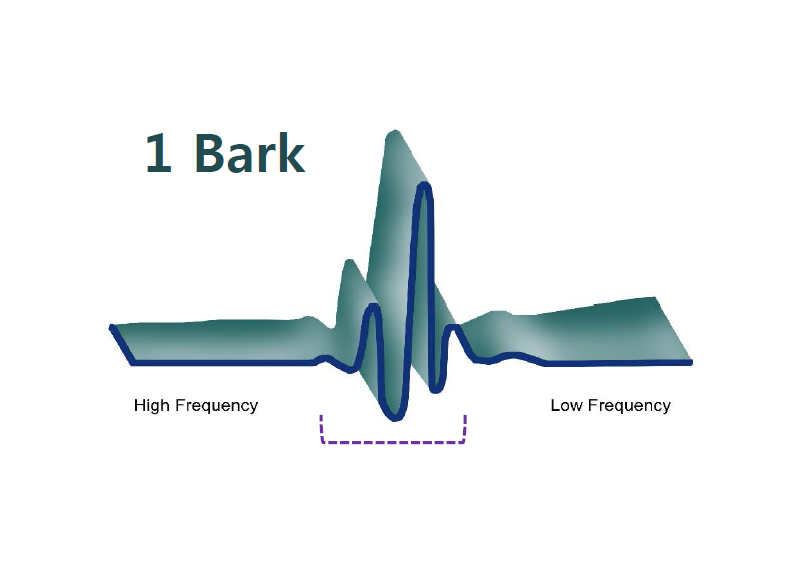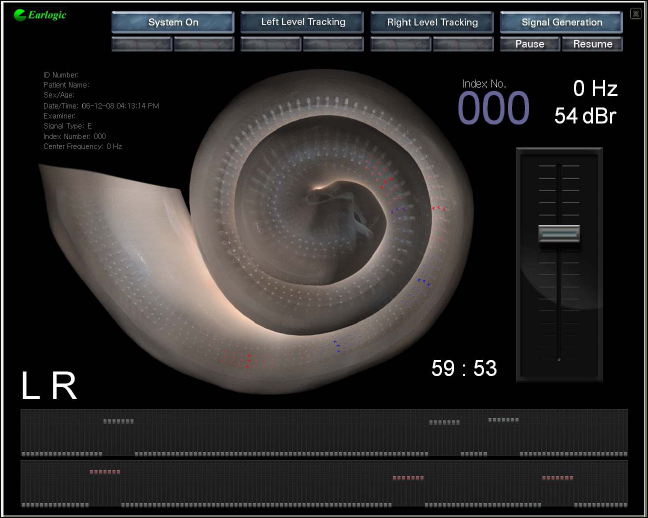TINNITUS? - FIRST STORY
Tinnitus refers to the sound from the ear in a word.
If there is no sound around, there should be no sound from the ears, but there is no sound around, but there is sound from the ears.
But it doesn’t last even a second. Patients constantly listen to tinnitus.
And as the sound grows bigger, as time goes by, Patients can hear several tinnitus.
Of course, the sound went on and off in the beginning.
But if it become severe, the sound goes on and on until you die.
Hearing loss is just a little uncomfortable, but tinnitus is really painful.
The tinnitus, which is supposed to disappear after death, will be explained in detail for those who are living in suffering without reason or cause. If you read it well, it will be understandable and you will be relieved of many questions.
Even the otorhinolaryngologist won’t tell us about this.
Cause of tinnitus
Tinnitus is the signal that our body is sending to let us know that hearing loss may occur if tinnitus continues.
There are many reasons for tinnitus and hearing loss.
The excessive exposure to noise pollution, stress, or fatigue could be one of the reasons.
Tinnitus is a signal for help that there is something wrong with your health that it needs to be checked out.
A patient with tinnitus is 100% hard-of-hearing, but not the other way around.
Not all the hard-of-hearing suffers from tinnitus.
This means that if you cure tinnitus, your hard of hearing can be somewhat improved as well.
Are there 134 kinds of tinnitus?
Inside of an eardrum, there is an organ called cochlea.
The word is originated from an ancient Greek word which means a snail shell.
From this, you might be able to guess that the cochlea looks like a snail shell.
The cochlea controls every sound we hear.
The sound can be heard from the cochlea that is located deep inside an ear.
The diameter of the cochlea is about 2.8cm and has a complex structure with 134 little cells called “antennas”.
These antennas are in charge of receiving and delivering the range of sounds from 254HZ – 11840hz that a human can hear.
For example, 1st antenna hears sounds around 254HZ, 10th antenna hears sounds that are near 330HZ, and 35th antenna hears sounds that are somewhere around 678HZ.
It’s not precisely appointed which antenna hears which sound of HZ. There is definitely some overlap of HZ. In other words, the sounds of range each antenna hears is overlapped.
Let’s say there’s a carriage pulled by 10 horses. When the weakest horse collapses, the 9 horses will have to start pulling the carriage with one less horse power and after a while another horse will collapse and 8 horses will pull the carriage with two less horse power and so on. This is exactly what happens with antennas in human’s ear.
When one of antennas fails to do its job properly due to some external force, the antennas around that damaged one will start doing its job and they also become damaged later. In the end, most of antennas get impaired and causes hearing loss and tinnitus.
As there are 134 antennas that receive different sounds, there are 134 tinnitus as well because each antenna is in charge of different HZ.
Tinnitus occurs when one of antennas is broken due to the external force such as loud noises.
The sound of tinnitus also varies depending which antenna is damaged.
The key to curing tinnitus is finding exactly which antenna is broken.
As explained previously, the ringing of tinnitus is different to each patient.
Locating precisely which antenna is damaged improves the chance of curing tinnitus by 95%.
The tricky part is that only the patient is able to hear the ringing sound (aka tinnitus) in his/her ear.
Finding the most similar sound to tinnitus that a patient hears through Reve134 (the tinnitus search program) is the key to curing tinnitus.
One patient finds the tinnitus sound very easily and quickly, the other might need to try more than a just few times.
At Soribaksa, we provide a thorough test and that can identify which antenna has problems, and through training, the condition of the patient can be improved.
Complex tinnitus takes a lot of time to improve.
Complex tinnitus is where a number of tinnitus occurs simultaneously at different frequency and it takes a much longer time to cure.
It is impossible to cure all of them at the same time, rather each individual assessment is needed.
For instance, a patient complained that she hears 10 different tinnitus.
It is difficult to identify each tinnitus as they happen at the same time.
At Soribaksa, we went through Rev134 test to improve her condition which took her around 6 months for her conditions to get better.
The otorhinolaryngologist do not know much about tinnitus.
Dr. Kwak is the founder of Earlogic KR who invented TSC-i48. TSC-i48 is a device that uses scientific technology of improving hearing loss and tinnitus.
AMA-PTA is a thorough audiometry test that examines 134 bands and 15 times faster with 20 times more accuracy.
It is KFDA approved and is widely used in hospitals in Korea.
Also, it is the only medical instrument that is patented over 40 different countries worldwide.
To put it simply, what the otorhinolaryngologist uses for the audiometry test can be compared to an X-Ray and what Soribaksa uses can be compared to an MRI.
The test Soribaksa runs is 22times more detailed than a regular audiometry test.
The whole examination at Soribaksa takes about 2 minutes which is relatively shorter than the examination that take at otolaryngology or hearing aid shop which takes about 20-30 minutes.
Moreover, it is more objective and accurate because the test is being done by a patient himself/herself.
The precise diagnosis is the answer to cure and improvement.
With TSC-i48 technology, there is higher chance of curing tinnitus.





